We've had big changes here on Lake Taneycomo the last few days. We've gone from a constant flow of about 2,000 cubic feet per second since Sept. 1st to 11,000 c.f.s. with a couple of flood gates open, all from one "little" rain we had Thursday night.
It was one of those "toad soaker" rains, a slow moving system that sat on us for about six hours and dumped up to eight inches of rain in some areas to the east of Branson. Our rain gauge tops at five inches, and it was plum full Friday morning when I checked it. Most of the big rain fell east of the Table Rock watershed, but it did rain a solid two to four inches over all of Southwest Missouri, which brought Table Rock's level up to 917.45 feet.
Now this is where it gets a little complicated, but I'll try to explain.
When Table Rock rises past certain levels, the U.S. Army Corps of Engineers is required to release water at predetermined amounts. At 917 feet, they need to release about 11,000 c.f.s. of water until lake levels drop back below that level. That equates to about four full units of water, but due to seasonal restrictions of release, not all of that can be released through the turbines. If officials did, they would have to inject massive amounts of liquid oxygen to the release so that the oxygen levels would meet safe federal Clean Water Act levels (four parts per million). So the Corps opened three spill gates one foot each at about 5,500 c.f.s., combining it with four turbines at half capacity to equal the release needed to curb rising lake levels.
So we have water being released at roughly 40 feet and 130-feet deep from Table Rock Lake. I took readings Monday and found the following temperatures and dissolved oxygen levels:
Spill side, dam - 8.8 ppm. 67.5 degrees
So we're getting a good mix of dissolved oxygen with the gates opened, and the water temperature on the spill gates side isn't as high as we thought it might be. That was the concern. Our trout don't do well in warm water, especially brown trout. With this mix of cool and warm water, our trout should thrive pretty well. Thankfully, Table Rock's water temperatures have been dropping steadily with the cooler weather moving in. The other day when air temps dropped and the winds picked up, Table Rock's level really dropped out fast.
Note: It usually takes me two or three sittings to write my reports, sometimes over a couple of days. When I talk about things like lake levels, those change between the time I start the report and finish it. So it is in this case. By the time this is published, Table Rock's level will reach 917 feet, and our flow will drop dramatically, changing a lot of what's in this report.
My fishing report now is going to be very hard to write . . . simply because lake conditions will change shortly and so will how we go about catching fish. I guess I'll just write about how I THINK it's going to be and hope for the best.
I'm going to assume that when operators shut the spill gates down, the Corps will keep the turbine release about the same, so there will be plenty of flowing water coming from Table Rock. They may go back to the 35-50 megawatts of generation they were running prior to the heavy rains that prompted this big release, but I don't expect that since Table Rock will still be a couple of feet over normal and rain is in the forecast. Regardless, we're going to see running water for quite some time.
When they run gates and send warmer water through the system, our scud population explodes. So drifting with scuds (flies that mimic freshwater shrimp or scuds) should be one of the best things to drift on the bottom. They actually have been good, both when drifted on the bottom without a float and with a float, but these conditions should make them even more desirable.
Some of the guides have been using larger scuds -- up to an #8 -- but with the water slowing down, I'd go back to #12's to as small as #16's.
White jigs have been working below the dam as well as drifting crank baits on the bottom, as long as there enough current to do that. If the water release drops too low, the cranks won't work. We use the Bomber Fat Free Shad Fingerling in shad flavors. You need to throw it out toward the dam and crank it down until you feel it ticking on the bottom, then let it ride.
With white jigs, let them drift, too, working them as little as possible. Threadfin shad have been coming over the spill gates (although we haven't seen any) and drifting down lake, eaten up pretty quickly by trout and other fish. You should probably use 1/8th-ounce jigs until dam operators drop the flow, then go to smaller jigs. Other jig colors have been working, too, such as black, brown, sculpin, sculpin peach.
Don't forget that when drifting flies on the bottom in the trophy area and even farther down past Fall Creek, try red San Juan worms and egg flies. Use one of these with a scud in a tandem rig. With this much flow, four-pound line is perfectly fine.
I've seen more and more top water action. If you're a dry fly lover, start throwing those hoppers, stimulators, ants, beetles and elk hair caddis flies along the banks and see what happens.
I've also witnessed a lot of people catching rainbows drifting below Fall Creek with night crawlers and power eggs. Use a quarter-ounce weight t with this much flow but drop to an 1/8th-ounce when the water is kicked back.
A lot of boaters have been anchoring in current lately, some right in the middle of the lake. First, I can't imagine catching anything and, second, this can be very dangerous. Those whom I've seen are anchoring off the front and are in deep V boats, so they can handle the current, but if you anchor in the wrong way in the wrong kind of boat, the current can and will pull the boat under in a second. I would never suggest anyone try this, regardless of whether they are operating in a safe manner. You'd be much better off anchoring over on the side in an eddie or slower current where you'd find more fish primed to take your bait. Also, anglers are asking for trouble when anchoring in the middle of the lake since most boaters are drifting. It's dangerous to assume that all boaters can handle their boats in current and won't drift into another boat in their path.
All images above are from Duane Doty's Facebook Page, Ozark Trout Runners. They are pictures he's taken out on guide trips the past two weeks. And all of the fish -- walleye, bass and trout -- were caught on his signature series, custom painted jerk baits.
This is Blake Wilson, one of our dock workers. He's been throwing Duane's jerk bait almost every evening, and he finally scored a trophy brown. It was 27 inches long and weighed more than nine pounds. He released it after reviving it in our holding tank.
We always have a big holding tank with lake water running through it for big fish that are brought in to the dock. Because of the seasonal low D.O. conditions, we added an oxygen tank and a diffuser stone to add more O2 to the water in the tank. Now that we (Lilley's Landing) have become known for this service, we do get a lot of big trout brought in for weighing and pictures. But please consider this: If you catch a big fish miles from our dock, you may put the fish in peril if you bring it in instead of just releasing it immediately. Consider the size of your live well, whether it is big enough for your fish? If you're running a long distance, you won't be adding fresh water to the live well on your run, with the lake water already low in O2.
I would ask you to consider pulling over to the bank (where it is safe to anchor) and take your time, letting the fish rest in the live well or even in the net in the lake. Wait 10 or 15 minutes and let the fish recover before getting pictures. I caught a very nice rainbow once and pulled over to the side, got out of the boat with the fish in the net so I could just lift it out of the water for a few seconds for pictures, then after I made sure it was strong enough, released it. Yes, I got my feet wet but it was well worth it.


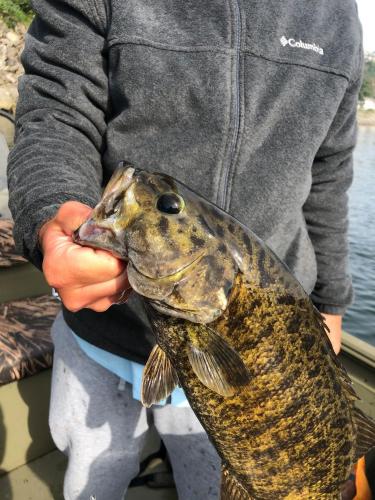

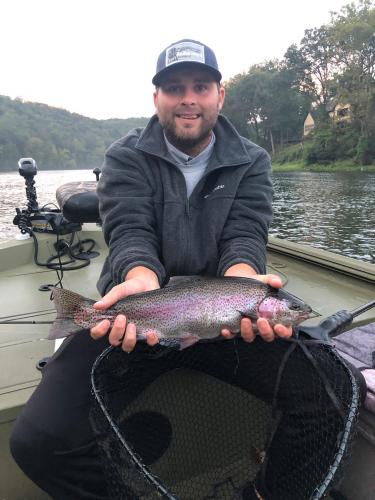


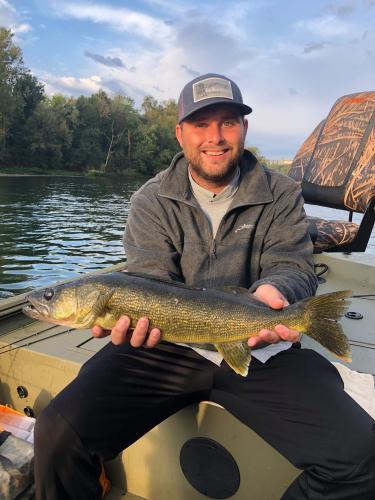
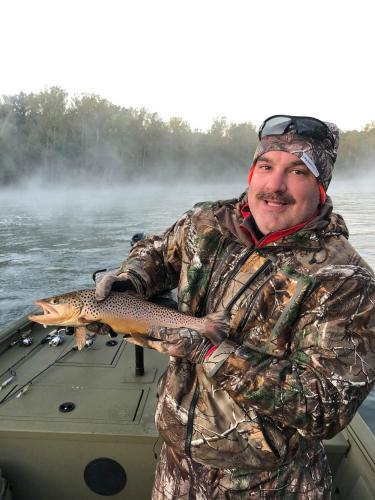
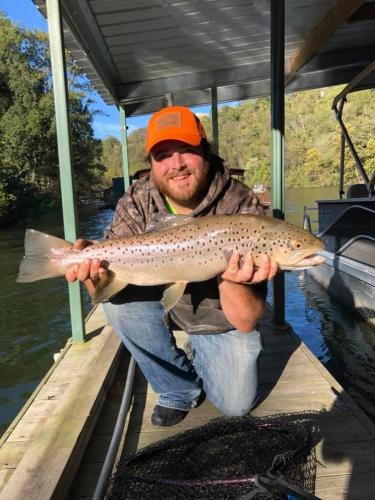
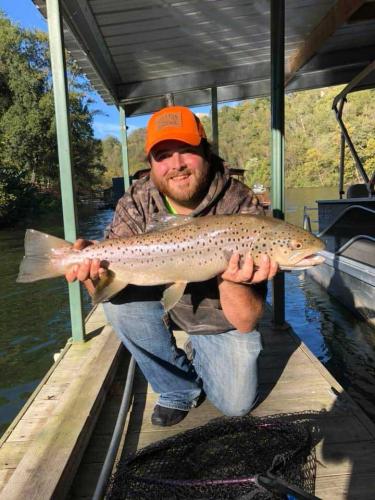


Recommended Comments
Create an account or sign in to comment
You need to be a member in order to leave a comment
Create an account
Sign up for a new account in our community. It's easy!
Register a new accountSign in
Already have an account? Sign in here.
Sign In Now